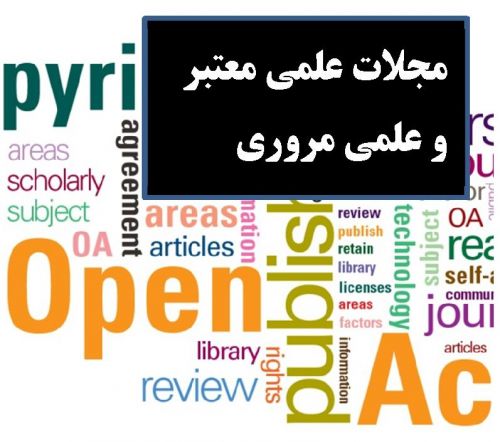Mass housing in construction industry is known as projects that mass production methods are used to construct residential units in it. Mass housing is a model of construction that has high economic, technical and managerial feasibility and should optimize three areas of quality, time and cost. But it should be noted that in one hand this pattern have its weakness and in other hand how to implement and enforce it, is of cases that would have different results based on efficiency and effectiveness. Since the construction of mass housing in Mehr housing projects has been one of Iran's government proceedings in recent years and has not been done comprehensive analysis about its results and effects, the present article try to analysis consequences of this pattern with pathological approach and descriptive - analytical method and outlines its advantages and disadvantages through review of some experiences in other countries. Consequences of this experience analyzed in five dimensions: procedure, economic, social, urban planning and environmental. Iran's experience shows mass housing is on the agenda with the goal of providing housing for low-income people and only in order to solve the problems of housing and the other aspect is neglected so finally will be lead to the destruction of the natural environment, social environment and city's physical environment.
کلید واژگان :housing, mass housing, Mehr Housing Plan
ارزش ریالی : 500000 ریال
با پرداخت الکترونیک
جزئیات مقاله
- کد شناسه : 1147123034510897
- سال انتشار : 2016
- نوع مقاله : پذیرفته شده در سایر مجلات علمی معتبر و علمی مروری و ISC
- زبان : انگلیسی
- محل پذیرش : Journal of Fundamental and Applied Sciences
- برگزار کنندگان : 1.120
- ISSN : 1112-9867
- تاریخ ثبت : 1395/05/25 07:35:45
- ثبت کننده : غلامرضا عباس زاده
- تعداد بازدید : 316
- تعداد فروش : 0
